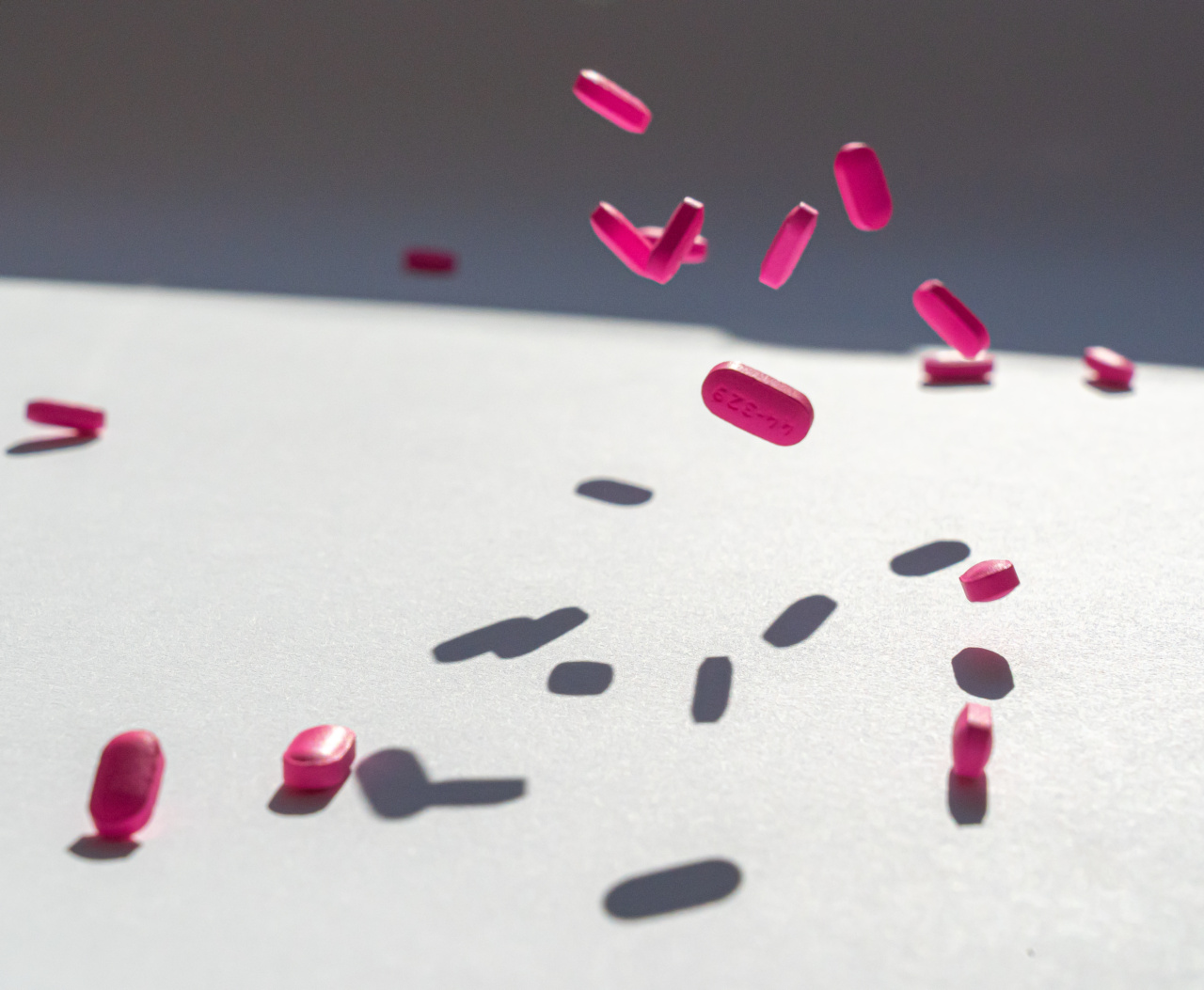Floating flies can be a pesky nuisance, appearing out of nowhere and hovering around us, causing annoyance and frustration. These tiny creatures are often mistaken for regular flies, but they have their own unique characteristics and behaviors.
In this article, we will explore the causes behind the presence of floating flies and discuss various treatment options to eradicate them.
What are Floating Flies?
Floating flies, also known as “drain flies” or “moth flies,” are small flying insects that typically measure between 1/16 to 1/8 inch in length.
They are often found near damp and decaying organic matter, such as sewage, garbage, and stagnant water sources. Despite their name, floating flies do not possess the same flight capabilities as regular flies and tend to flutter around in a rather erratic manner.
Causes of Floating Flies
Several factors contribute to the presence of floating flies. Understanding these causes can help in implementing effective prevention strategies and eradication methods. Let’s take a look at some of the common causes:.
1. Moisture and Dampness
Floating flies thrive in moist environments, making areas with excessive moisture and dampness a breeding ground for these pests.
Leaky pipes, faulty plumbing, or even excessive condensation can create the perfect conditions for floating flies to multiply.
2. Organic Matter Accumulation
Decaying organic matter, such as food waste, sewage, or decomposing plants, attracts floating flies. These flies lay their eggs in or near the organic matter, providing a nutrient-rich environment for their larvae to develop.
If such materials are left unattended or not disposed of properly, it can lead to a floating fly infestation.
3. Stagnant Water Sources
Floating flies are commonly found around stagnant water sources, including drains, gutters, or even water-filled containers.
These areas provide breeding grounds for floating flies, as their larvae require moist environments to survive and develop into adults.
4. Poor Sanitation
Lack of proper sanitation practices can contribute to the presence of floating flies.
Failure to clean and maintain areas prone to organic matter accumulation, such as garbage cans, drains, and compost bins, can attract these pests and create a favorable environment for their reproduction.
5. Infected Drainage Systems
Blocked or infected drainage systems can serve as a haven for floating flies. The buildup of sludge, grime, and organic matter in drains provides an ideal breeding ground for these insects.
Floating flies can breed rapidly in such conditions and proliferate throughout the area.
Treatment Options for Floating Flies
Once the causes of floating flies have been identified, it becomes easier to choose the appropriate treatment options. Here are several effective methods to eliminate and prevent floating flies:.
1. Remove and Clean Affected Areas
The first step in treating a floating fly infestation is to remove and clean the affected areas thoroughly.
This includes regularly emptying and cleaning garbage cans, removing accumulated debris from drains, and ensuring proper sanitation practices are followed.
2. Check for and Fix Leaks
Inspect the plumbing system for any leaks or faulty pipes that may be causing excess moisture. Fixing these issues will remove the favorable conditions for floating flies to breed and multiply.
3. Use Drain Cleaners
If the infestation is primarily concentrated in drains, using commercial drain cleaners can be an effective solution. These cleaners break down organic matter and remove the grime and sludge that harbor floating fly larvae.
4. Regularly Empty and Clean Gutters
Gutters often collect debris and provide a breeding ground for floating flies. Regularly cleaning and removing any blockage or accumulated organic matter from gutters can help prevent infestations.
5. Employ Natural Remedies
Natural remedies can be used as an alternative to chemical treatments. For instance, pouring a mixture of vinegar and boiling water down drains can disrupt the breeding cycle of floating flies.
Similarly, placing fly traps or sticky tapes near infested areas can help capture adult flies.
6. Seek Professional Help
If the infestation persists despite your efforts, it may be necessary to seek professional pest control services. Experienced exterminators can assess the severity of the situation and employ targeted treatments to eliminate floating flies effectively.
Prevention Techniques for Floating Flies
Preventing the occurrence of floating flies is crucial to avoid future infestations. Here are some prevention techniques to consider:.
1. Maintain Proper Sanitation
Regularly clean and maintain areas prone to organic matter accumulation, such as garbage cans, drains, and compost bins. Dispose of food waste properly and keep these areas clean to deter floating flies from breeding.
2. Fix Leaky Pipes and Plumbing
Address any plumbing issues promptly to prevent the buildup of moisture and dampness, which serves as an invitation for floating flies. Check for and fix any leaks to eliminate potential breeding grounds.
3. Properly Manage Sewage and Wastewater
Ensure proper disposal and management of sewage and wastewater, as these can attract floating flies. Regularly clean and maintain septic tanks and sewage systems to reduce the likelihood of infestations.
4. Keep Drains and Gutters Clean
Regularly clean and unclog drains and gutters to remove accumulated debris and prevent floating flies from breeding. Installing drain covers or screens can also help prevent flies from entering the drain system.
5. Maintain Hygiene in Outdoor Areas
Regularly clean outdoor spaces, such as patios, balconies, or decks, to remove any debris or decaying organic matter. Trim vegetation and remove excess moisture from plant pots to discourage floating flies from finding suitable breeding sites.
Conclusion
Floating flies can be a persistent problem if left untreated. By understanding the causes of these pests and implementing appropriate treatment options, it is possible to eliminate and prevent floating fly infestations.
Regular maintenance, proper sanitation practices, and prompt action against moisture-related issues can help keep your living spaces free from these bothersome insects.






























